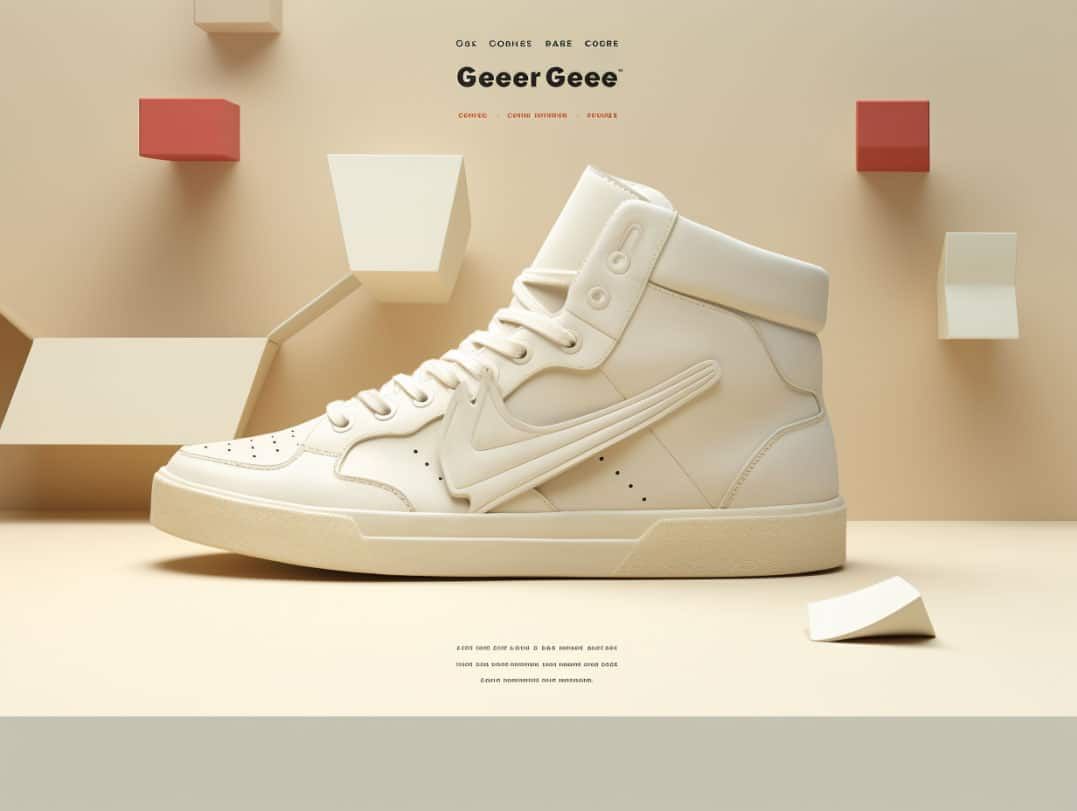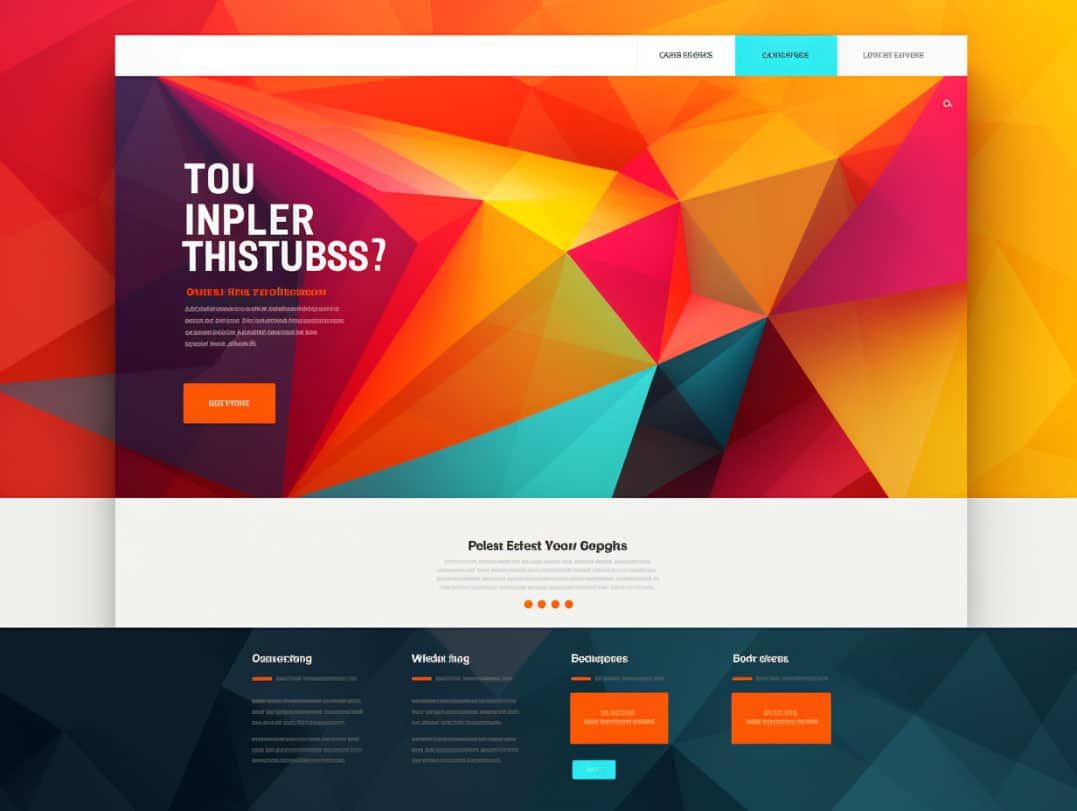In today’s digital age, a website is more than just a digital address. It’s a brand’s identity, a platform for storytelling, and often the first touchpoint for potential customers. Website design plays a pivotal role in shaping user experiences, driving conversions, and building brand loyalty. Dive into the world of website design with us, as we explore its evolution, current trends, and the future.
Introduction to Website Design
Website design is the art and science of creating visually appealing and functional websites. It’s not just about choosing the right colors or fonts but understanding user behavior, ensuring smooth navigation, and delivering content in the most engaging manner. A well-designed website can be the difference between a visitor and a loyal customer.
1. Evolution of Website Design
From the static pages of the 90s to the dynamic, responsive designs of today, website design has come a long way. The rise of mobile devices, advancements in technology, and changing user preferences have continually shaped the way websites are designed.
2. Importance of Good Website Design
First impressions matter. A well-designed website can boost credibility, enhance user experience, and drive conversions. It’s not just about aesthetics; it’s about creating a seamless journey for your visitors.
3. Website Design vs. Development: What’s the Difference?
While often used interchangeably, design and development are distinct disciplines. Design focuses on the visual aspects and user experience, while development deals with the functionality and backend of the website.
4. Key Elements of Modern Website Design
Typography and Fonts: The right typography can set the tone for your website. It’s essential to choose fonts that are readable and reflect your brand’s personality.
Color Schemes and Branding: Colors evoke emotions. A cohesive color scheme aligned with your brand can enhance user engagement and trust.
User Experience (UX) Principles: A user-centric design ensures that visitors can easily navigate your site and find what they’re looking for.
Mobile Responsiveness: With a significant chunk of users accessing websites from mobile devices, it’s crucial to have a design that adapts to different screen sizes.
5. Popular Website Design Trends in 2023
The design world is ever-evolving, with trends like dark mode, 3D elements, and interactive animations taking center stage. Staying updated with these trends ensures your website remains relevant and engaging.
6. The Role of AI in Website Design
Artificial Intelligence is revolutionizing website design by offering personalized user experiences, automating tasks, and even predicting design trends.
7. DIY vs. Professional Website Design
While DIY website builders offer a quick and affordable solution, professional website design ensures a unique, optimized, and scalable website tailored to your needs.
8. Understanding Website Design Software
Popular Website Design Platforms: Platforms like WordPress, Wix, and Shopify have made it easier than ever to design beautiful websites without extensive coding knowledge.
Pros and Cons of Using Website Builders: While they offer convenience, they might not provide the flexibility and scalability that custom-built websites do.
9. The Cost of Website Design: What to Expect?
Website design costs can vary based on complexity, features, and the expertise of the designer. It’s essential to set a budget but also understand the value a well-designed website brings.
10. Tips for Choosing the Right Website Design Agency
Research, reviews, and clear communication are crucial. Ensure the agency understands your vision, has a proven track record, and is transparent about costs.
11. The Future of Website Design: Predictions and Insights
With the rise of VR and AR, websites of the future might be more immersive. Sustainability and accessibility will also play a more significant role in design decisions.
12. Case Study: Award-Winning Website Designs
Analyzing successful websites can offer insights into effective design strategies and user engagement techniques.
13. Common Mistakes to Avoid in Website Design
From ignoring mobile responsiveness to using too many pop-ups, certain design choices can deter users. Being aware of these pitfalls is half the battle.
14. Incorporating SEO into Website Design
A beautiful website is of little use if it doesn’t rank on search engines. Integrating SEO strategies during the design phase ensures better visibility.
15. The Role of Graphics and Multimedia in Website Design
Visual elements can enhance user engagement, but it’s essential to ensure they don’t slow down your website.
16. Importance of Regular Website Updates and Maintenance
Keeping your website updated, and backed up, ensures security, functionality, and relevance in the ever-evolving digital landscape.
17. Website Design for Different Industries
Every industry has its unique set of requirements, target audience, and objectives. Consequently, website design should be tailored to meet these specific needs. Let’s delve into how website design varies across some prominent industries:
E-commerce Websites:
Purpose: Primarily focused on sales, these websites need to ensure a seamless shopping experience.
Key Features: User-friendly product search, secure payment gateways, clear product images, and easy navigation are essential. Integrating reviews, wish lists, and shopping carts can further enhance the user experience.
Design Elements: High-quality images, clear call-to-action buttons, and a mobile-responsive design are crucial.
Portfolio Websites:
Purpose: These are personal websites, often used by artists, photographers, and freelancers, to showcase their work.
Key Features: A clean layout that highlights the work, easy navigation, and a personal touch or story.
Design Elements: Large visuals, minimalistic design, and a focus on the content are key.
Blogging Websites:
Purpose: To share personal stories, opinions, or provide information on specific topics.
Key Features: Easy readability, comment sections, social sharing options, and categorization for different topics.
Design Elements: A clean layout, engaging visuals, and a focus on content are essential. The design should encourage prolonged reading.
Corporate Websites:
Purpose: To provide information about a company, its services, achievements, and to establish credibility in the market.
Key Features: Detailed service pages, testimonials, case studies, and a clear call-to-action for inquiries or services.
Design Elements: Professional visuals, a structured layout, and branding consistent with the company’s identity are crucial.
In essence, while the foundational principles of website design remain consistent, the application varies based on the industry’s specific needs. Tailoring the design to the industry ensures that the website resonates with its target audience and fulfills its intended purpose.
18. Integrating Social Media into Website Design
Social media integration can boost engagement, drive traffic, and enhance brand visibility.
19. Understanding User Behavior through Website Analytics
Analytics offer insights into user behavior, helping designers make informed decisions.
20. Website Design for Global Audiences
Considering cultural nuances and offering multilingual support can make your website globally appealing.
21. Accessibility in Website Design
An accessible website ensures that all users, including those with disabilities, have a seamless experience.
22. The Role of Content in Website Design
Content and design go hand in hand. Well-curated content presented in an engaging design can work wonders.
23. Website Design Inspiration: Where to Find It?
From design blogs to award-winning websites, inspiration is everywhere. It’s about keeping an open mind and an eager eye.
24. The Process of Website Design: From Concept to Launch
Designing a website is a meticulous process involving brainstorming, wireframing, designing, testing, and finally launching.
25. Conclusion: The Ever-Evolving World of Website Design
Website design is a dynamic field, continually evolving with technological advancements and changing user preferences. Staying updated with the latest trends, understanding your audience, and prioritizing user experience are key to creating successful websites. As we move forward, one thing remains constant: the importance of design in shaping digital experiences.







